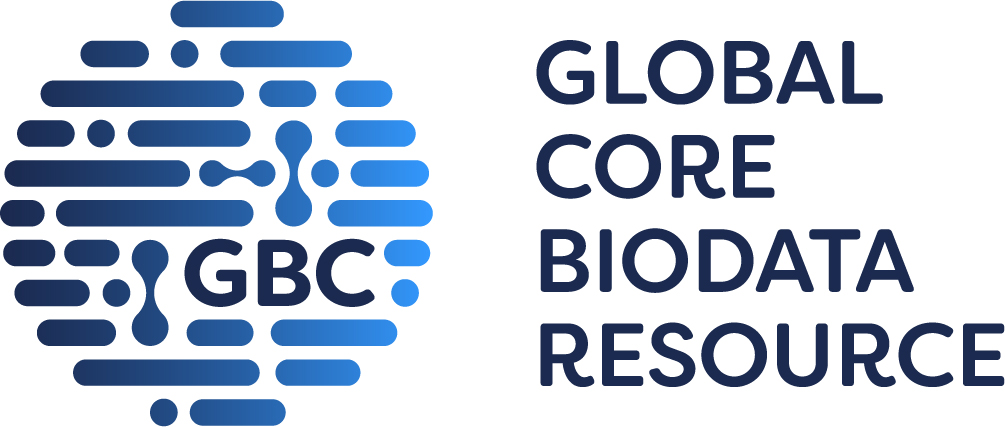
GtoPdb is requesting financial support from commercial users. Please see our sustainability page for more information.
Seizures, benign familial neonatal, 1; BFNS1

GtoPdb Disease Summaries
This section gives an overview of the disease, and where available shows the following:
- Synonyms: Shows known synonyms for the disease.
- Description: Gives a basic description/definition of the disease.
- Database Link: External links to the same disease at the Disease Ontology, OMIM or Orphanet sites.
- Immunopharmacology comments: General comments about the target's role in immunopharmacology, provided by GtoImmuPdb curators.
- Associated with: Counts are displayed for the total targets the disease is associated with in GtoPdb. The counts of targets and ligands of immunological relevance associated to the disease are also shown.
More information can be found in the help pages.
✖| Disease ID: | 137 | |
| Name: | Seizures, benign familial neonatal, 1; BFNS1 | |
| Associated with: | 1 target | |
| Synonyms |
| Benign familial neonatal-infantile seizures | Benign familial neonatal seizures | Benign neonatal seizures |
| Database Links |
|
Disease Ontology:
DOID:14264 OMIM: 121200 Orphanet: ORPHA1949, ORPHA140927 |
Targets

GtoPdb Disease Summaries - Targets
Click on the target name to link to its detailed view page
Where available, information is display on the role of the target in the disease; drugs which target the disease and their therapeutic use and side-effects.
If there is mutation data curated in GtoPdb this is indicated, with a link back to the appropriate section on the target detailed view page
Immuno ligand interactions - If available, a table of immuno-relevant ligands is shown. These ligands have been curated as having an association to the disease and possess interaction data with the target in GtoPdb. The approval status of the ligand is shown, along with curator comments and an indication of whether the target is considered the primary target of the ligand.
More information can be found in the help pages.
✖| Kv7.2 | |
| Role: | Defects in KCNQ2 are the cause of benign familial neonatal convulsions type 1 (BFNC1), and myokymia with neonatal epilepsy. Neonatal epilepsy or benign familial neonatal convulsions (BFNC) is a generalized, idiopathic epilepsy syndrome of the newborn. Neonatal epilepsy with myokymia consists of a syndrome in which neonatal epilepsy is followed later in life by myokymia, the spontaneous involuntary contractions of skeletal muscles fiber groups that can be observed as vermiform movement of the overlying skin. Electromyography typically shows continuous motor unit activity with spontaneous oligo- and multiplet-discharges of high intraburst frequency (myokymic discharges). |
| Drugs: | Retigabine, flupirtine |
| Side effects: | Retigabine: chills, pain, symptomatic hypotension, dizziness, nausea, myalgia, sweating, vomiting, asthenia and somnolence. Flupirtine: drowsiness, dizziness, dry mouth, pruritis and nausea |
| Therapeutic use: | Retigabine and flupirtine have shown antiepileptic activity in humans and in a broad range of seizure models in rodents. Retigabine and flupirtine may possess actions unrelated to KCNQ opening. It is unclear, therefore, if the efficacy of retigabine and flupirtine in animals models of epilepsy and pain and in human studies is entirely due to KCNQ activation. |
| Comments: | BFNC1 is an autosomal dominant form of epilepsy in the newborn that clears spontaneously after a few weeks and is followed by normal psychomotor development. KCNQ activating compounds openers also have potential for the treatment of other CNS disorders characterized by neuronal hyperexcitability, such as migraine, and neuropathic pain. Blockers have been demonstated to enhance learning and memory in animal models. |
| References: | 1-6 |
| Mutations: | Kv7.2 is associated with 4 mutation. Click here for details  |
Ligands

GtoPdb Disease Summaries - Ligands
Click ligand name to view ligand summary page
- Approved: If the ligand is an approved drug this is indicated, along with approval bodies.
- Immuno: Immuno icon indicates the ligand is immuno-relevant
Click the arrow in the final column to expand comments
- Immuno Disease Comments: Curatorial comments specifically added as part of GtoImmuPdb. They give more information on the association between the ligand and disease in the context of immunopharmacology.
- Clinical Use: General clinical comments relating to the ligand and may not necessarily be specific to the disease in question. With hyperlink to more details on the ligand summary pages.
- Bioactivty Comments: Curatorial comments specifically about the compounds biological activity - with hyperlink to more details on the ligand summary pages.
More information can be found in the help pages.
✖No ligand related data available for Seizures, benign familial neonatal, 1; BFNS1
References
1. Abbott GW, Butler MH, Bendahhou S, Dalakas MC, Ptacek LJ, Goldstein SA. (2001) MiRP2 forms potassium channels in skeletal muscle with Kv3.4 and is associated with periodic paralysis. Cell, 104 (2): 217-31. [PMID:11207363]
2. Biervert C, Schroeder BC, Kubisch C, Berkovic SF, Propping P, Jentsch TJ, Steinlein OK. (1998) A potassium channel mutation in neonatal human epilepsy. Science, 279 (5349): 403-6. [PMID:9430594]
3. Coghlan MJ, Carroll WA, Gopalakrishnan M. (2001) Recent developments in the biology and medicinal chemistry of potassium channel modulators: update from a decade of progress. J Med Chem, 44 (11): 1627-53. [PMID:11356099]
4. Dedek K, Kunath B, Kananura C, Reuner U, Jentsch TJ, Steinlein OK. (2001) Myokymia and neonatal epilepsy caused by a mutation in the voltage sensor of the KCNQ2 K+ channel. Proc Natl Acad Sci USA, 98 (21): 12272-7. [PMID:11572947]
5. Singh NA, Charlier C, Stauffer D, DuPont BR, Leach RJ, Melis R, Ronen GM, Bjerre I, Quattlebaum T, Murphy JV et al.. (1998) A novel potassium channel gene, KCNQ2, is mutated in an inherited epilepsy of newborns. Nat Genet, 18 (1): 25-9. [PMID:9425895]
6. Wickenden AD, Roeloffs R, McNaughton-Smith G, Rigdon GC. (2004) KCNQ potassium channels: drug targets for the treatment of epilepsy and pain. Expert Opin Ther Pat, 14 (4): 1-13.






